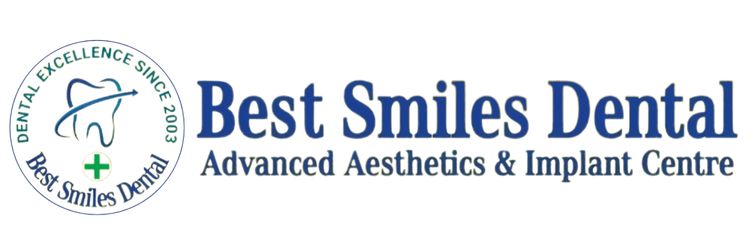Soft Tissue Biopsies
Soft Tissue Biopsies
Need Appointment ?
Soft Tissue Biopsies
A soft-tissue biopsies is a medical procedure involving the extraction and microscopic analysis of a small sample of soft tissue for diagnostic purposes. Soft tissue encompasses the skin, fat, muscles, and tendons, which surround, connect, or support other bodily tissues and organs.
Soft-tissue biopsies are minimally invasive and require little patient involvement, facilitating accurate diagnosis and treatment planning by foot and ankle surgeons.
A biopsy is a minor procedure that is done to remove a sample of tissue and this is sent to a specially trained pathologist to be analysed. It is one of the investigations that are necessary for the multi-disciplinary team to make a diagnosis at the Multi-Disciplinary Team Meeting (MDT).
Book Appointment to find out which treatment might be best for you at Best Smiles Advanced Dental Clinic.

Conditions Diagnosed by Soft-Tissue Biopsies
Soft-tissue biopsies are instrumental in identifying a range of conditions, including but not limited to:
- Freckles (macules)
- Benign pigmented or colored spots (moles or nevi)
- Fungal or bacterial infections
- Rashes
- Lesions associated with systemic diseases (e.g., diabetes)
- Nodular conditions (e.g., ganglion cysts, lipomas, or fibromas)
- Toenail conditions (e.g., onychomycosis, psoriasis)
- Wart-like growths on the skin (benign keratoses)
- Premalignant conditions (actinic and seborrheic keratoses)
What Does the Biopsy Procedure Entail?
A soft-tissue biopsy procedure involves the extraction of a small tissue sample and typically lasts only a few minutes. The specific technique used depends on the tissue being sampled. After numbing the area, the surgeon or your healthcare professionals may perform one of the following procedures:
- Shave biopsy: In this method, a thin piece of tissue is shaved off.
- Punch biopsy: A small, round instrument extracts a tiny core of tissue. Stitches may be necessary.
- Incisional or excisional biopsy: In this approach, a piece or the entire lesion is removed, often requiring stitches.
Post-Biopsy Care
Patients should adhere to the post-biopsy care instructions provided by the surgeon. If stitches were used, an appointment will be scheduled for their removal. Typically, it takes several days for the laboratory results to reach the surgeon’s office.
If the patient has not received the results within 10 days, they should contact the surgeon’s office. The biopsy results and any additional required treatments will then be discussed with the patient.

Pain-Free Dentistry
Comfortable, stress-free treatments every time.

Next-Gen Equipments
Precision care with advanced technology.

Expert Care Guaranteed
Trusted specialists for superior oral health.
Frequently Asked Questions
Discover everything you need to know about professional tooth cleaning and polishing. Learn how it removes plaque, enhances your smile, and promotes better oral health.
A soft tissue biopsy is a diagnostic procedure where a small sample of tissue is removed from areas like the gums, cheeks, tongue, or other oral regions for examination under a microscope. It helps detect abnormalities, including infections, inflammation, or cancer.
The procedure is typically not painful as local anesthesia is used to numb the area. You may feel slight pressure during the process, and some mild soreness after the procedure, which usually resolves with over-the-counter pain relievers.
Your dentist or oral surgeon will first numb the area with local anesthesia. They will then carefully remove a small piece of tissue using a scalpel, laser, or punch biopsy tool. The tissue sample is sent to a lab for microscopic analysis.
Biopsy results usually take 7 to 10 days. However, this timeline may vary depending on the laboratory and the complexity of the analysis. Your dentist will discuss the findings with you once they are available.
Healing usually takes 1–2 weeks, depending on the size and location of the biopsy. Mild discomfort and swelling are common during this time but can be managed with prescribed or over-the-counter medications.
Most people can resume normal activities shortly after the procedure. However, avoid strenuous activities, smoking, or foods that may irritate the biopsy site until it fully heals.

